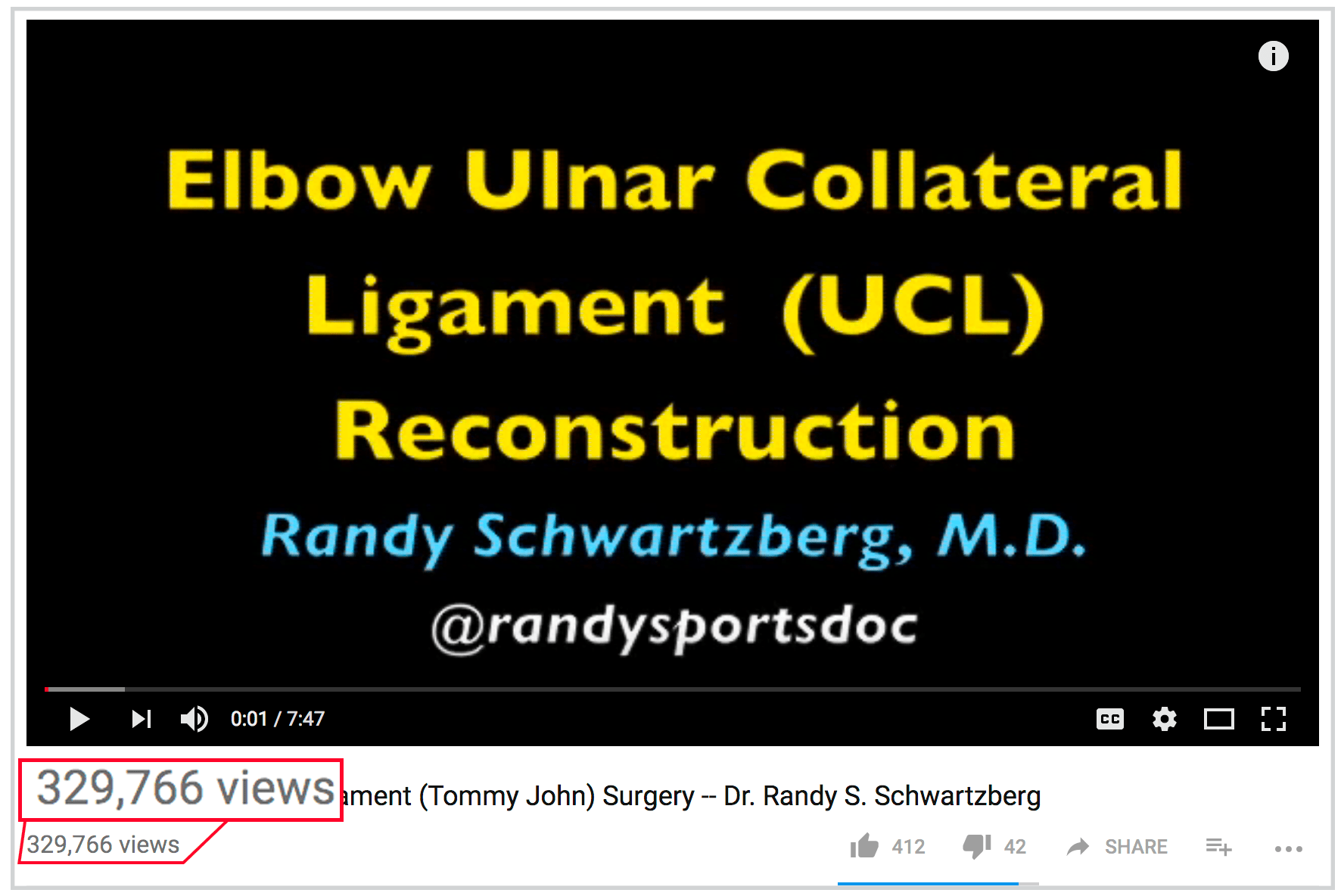 Did you know that you have a powerful tool right at your fingertips to help you attract new patients, engage the ones you already have, strengthen employee loyalty, and boost those all-too-important online star ratings? Oh, and by the way, it’s absolutely free.
Did you know that you have a powerful tool right at your fingertips to help you attract new patients, engage the ones you already have, strengthen employee loyalty, and boost those all-too-important online star ratings? Oh, and by the way, it’s absolutely free.
Maybe you’ve heard of it…it’s called YouTube, and it’s proven to be a pivotal way for medical practices to take their game to the next level and stay ahead of the competition.
If you think your patients aren’t on YouTube, think again. With over a billion active users, YouTube reaches more 18 to 49-year-olds than any cable network in the US. Watching videos makes up 33% of all online activity, and according to The Guardian, the average visitor spends just under 2 hours per month on YouTube.
The reality is that today’s healthcare consumers turn to video when researching providers, conditions, and procedures. People want to learn more about prospective doctors before they pick up the phone to schedule an appointment. They want to make sure that you’re caring, considerate and have a pleasant bedside manner. And when given a choice, potential patients choose video over reading. They don’t just want to read about you; they want to see and hear you.
And practice managers and doctors who give their patients the video content they desire, are reaping the bottom line benefits. Below we’ll break down how you can use YouTube to grow your patient base, establish credibility in your subspecialty, and wow your audience, your peers, and your community.
To make things easier, we’ve broken down the article into three main sections (feel free to skip ahead when it suits you):
- Why YouTube Matters
- Getting Started on YouTube
- Developing a YouTube Strategy
Why YouTube Matters
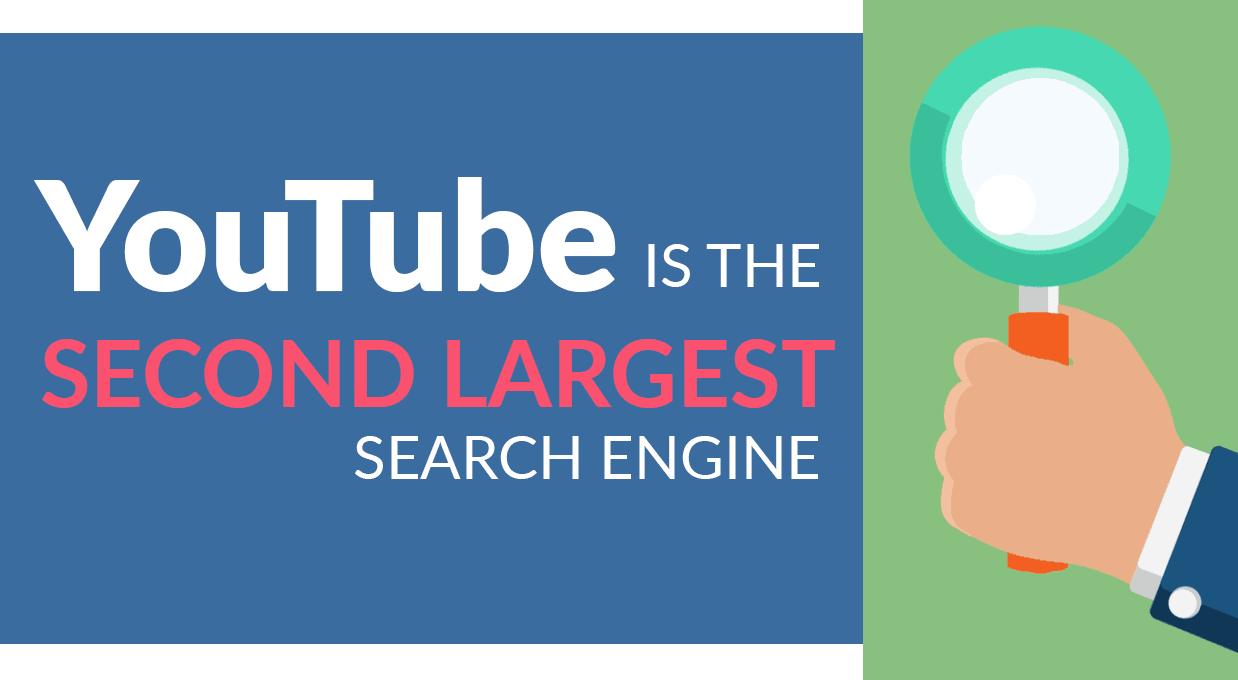 Although YouTube is an excellent source of entertaining and inspiring content, it has also become a vital tool for marketers. Almost half of all marketing professionals plan to incorporate YouTube into their marketing efforts within the next year.
Although YouTube is an excellent source of entertaining and inspiring content, it has also become a vital tool for marketers. Almost half of all marketing professionals plan to incorporate YouTube into their marketing efforts within the next year.
YouTube is the third largest website on the internet, the second largest search engine globally (behind Google), and it’s available in over 75 languages – a global digital force to be reckoned with if ever there was one. The reality today is that most people (including your patients) would choose to watch a short HD video over a five-minute read.
YouTube allows you to directly reach your potential patients in a personal way – in your own words or through the words of other happy patients. A huge differentiator for your practice. Like in film, video testimonials give you an opportunity to generate immediate influence, connection, feeling, and authority with prospective patients.
Information and educational videos allow you to boost your reputation as a reliable source of information in your subspecialty. Overall, videos attract more clicks to your website and your Facebook and Twitter pages; 92 percent of mobile video viewers share videos with others, and social videos generate 1200% more shares than text and images combined.
Need more proof about YouTube’s importance and relevance to today’s online medical consumers?
The leading surgery videos attract millions of views, and videos from smaller independent practices can generate thousands of views, likes, and hundreds of shares. Patients enjoy receiving information from an expert, especially one in their own backyard, and they want to get to know a doctor online before deciding on who to trust with their healthcare. Including video content on your landing pages can boost conversion rates by more than 85 percent.
The competition for people’s attention online is fierce in every niche and industry across the country. Independent medical practices need to leverage every edge they can to keep a leg up on the competition down the street. Over 50% of marketers worldwide rate video content as providing the highest ROI and those who use video have seen 49% faster revenue growth than those who don’t.
If you’re producing videos about your practice, you’re going to need somewhere to put them, and YouTube provides the perfect storehouse and hub for all your video content. The good news is that YouTube, and other video platforms, are more user-friendly than you may think. You won’t need to hire a professional filmmaker with the latest state-of-the-art camera (unless it’s your best friend) to succeed. Next, we’ll describe how to get started on YouTube right away, and then we’ll outline a winning YouTube strategy that you can develop and grow over time.
Getting Started on YouTube
Fortunately, getting started on YouTube is a relatively stress-free process, and most of the tools you need to begin are free. If you’re extra keen, you can check out the resource links at the end of this section to get started right away.
First off, you’ll need to create a Google Account (if you don’t already have one). And we suggest creating a Gmail account as well to simplify the login process. Your Google login will double as your gateway into YouTube and give you access to many of Google’s practical and useful free services.
The first time you log in to YouTube, you can create a channel for your practice. Your business channel will act as your video hub; you’ll be able to upload videos, edit video titles and descriptions, choose keywords (essential for optimizing how you rank in search engines) and examine detailed analytics about each of your videos.
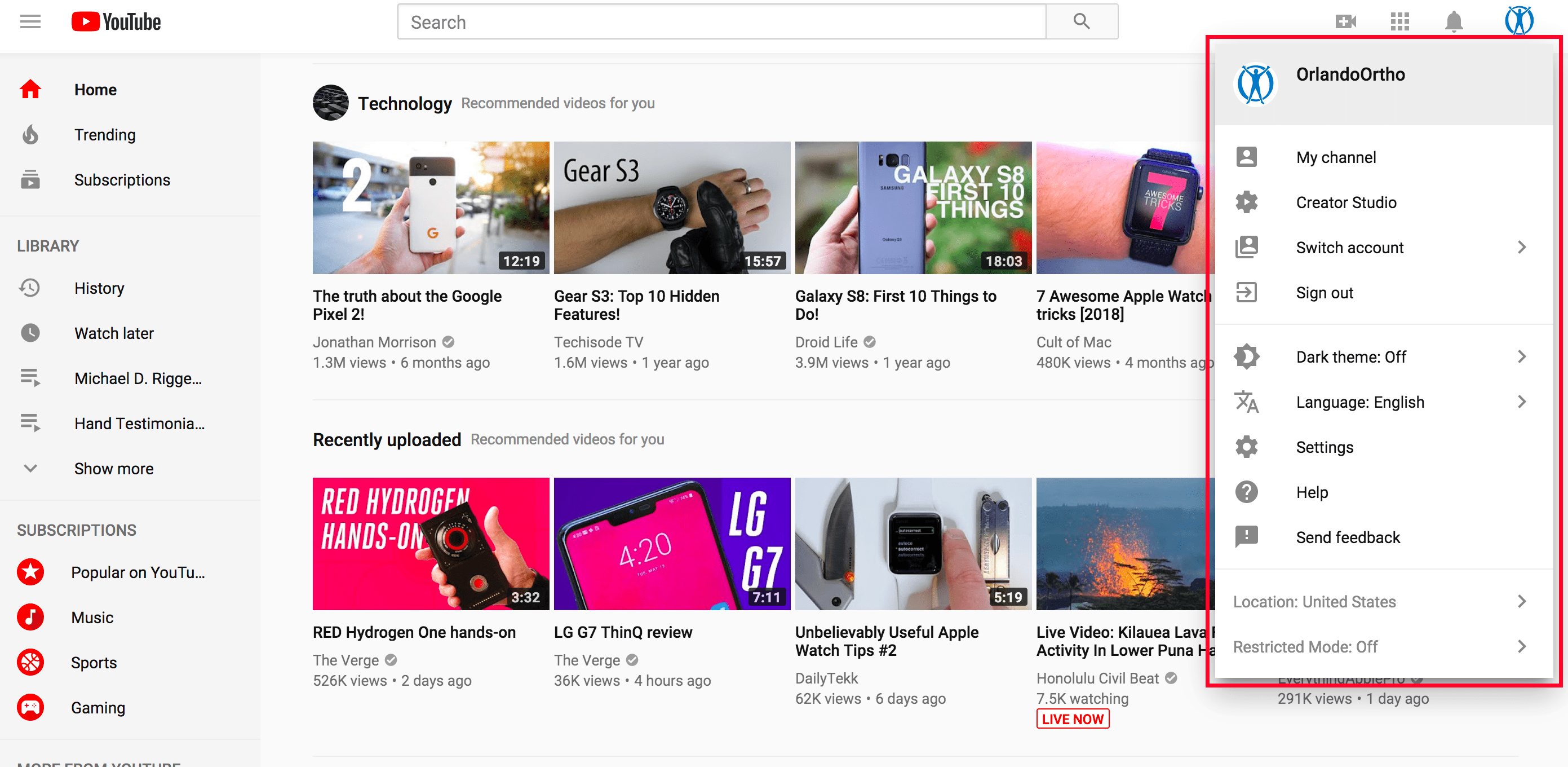
Now you’re ready to start creating videos. Any high-definition video camera will do, but in a pinch, you can also use your smartphone. You’ll also probably need a tripod and some video editing software. We recommend investing in a good quality lapel microphone to get the best sound quality as possible.
At the end of the day, your startup costs shouldn’t be more than $1,000, and after that, you’ll be on your way to YouTube fame and glory…at least where your patients are concerned.
After that, the sky’s the limit. People love videos that explain medical conditions, symptoms, causes, and treatments; they also enjoy learning about different surgical procedures and what conditions they are used to help. Showcase the latest technology you have in your medical practice and how these devices promote better outcomes and increased benefits.
Here are some additional resources to help you get started:
Developing a YouTube Strategy
You’ve created your YouTube account, and now you’re all set. There’s just one final piece to the puzzle, and that’s what kind of video content you should create.
Maximize Your Profile Online
The most practical place to start is a video introducing your practice to potential patients. Let online viewers get to know you, your doctors, your team, and what inspired you to go into medicine. These types of videos can personalize your practice in a way that regular text and photos can’t.
Videos allow you to tell your story, share your personality, establish authority and credibility while at the same time showing that you are good-natured and approachable. YouTube gives your practice a window to the world and also provides thousands of potential patients with a unique portal to get to know you and your staff better and see how you work and interact with each other.
Provide Educational, Relevant, and Useful Health Content and Preventative Medical Tips
 After you’ve introduced yourself and your practice, you’ve got an array of content possibilities at your fingertips. People love videos that shed light on seasonal health concerns and how to overcome them, give helpful tips about timely health topics, provide advice to promote good health and share preventative strategies related to your subspeciality. Breaking news and public service announcements also do a great job of grabbing people’s attention online.
After you’ve introduced yourself and your practice, you’ve got an array of content possibilities at your fingertips. People love videos that shed light on seasonal health concerns and how to overcome them, give helpful tips about timely health topics, provide advice to promote good health and share preventative strategies related to your subspeciality. Breaking news and public service announcements also do a great job of grabbing people’s attention online.
For example, a dentistry practice may highlight a video on “Foods That Promote Dental and Gum Health.” We produced a video for one rehabilitation and physical therapy clinic titled “4 Effective Exercises and Stretches to Relieve Shoulder Pain.”
Showcase Patient Testimonials
Written testimonials will undoubtedly add value to your practice, but what will differentiate you from the rest is turning the written word into a video testimonial. With more than 100 million people watching videos online every day, there’s no better way to get the word out about the great work that you do.
When prospective patients are anxious about their health care, say, in an ear, nose, and throat practice offering rhinoplasty surgery, a reassuring video from a patient who underwent the procedure and came through with flying colors can go a long way toward alleviating those fears and concerns. Patient testimonial videos provide some of the most effective marketing bang for your buck you can have, and the content never goes out of date.
Having a solid YouTube channel with patient testimonial videos is a great place to start if you’re serious about video marketing for your practice. Video content is like the gift that keeps on giving. Just because a video doesn’t go viral right away doesn’t mean it won’t have a serious impact somewhere down the road, when you or your practice is featured in the news.
For more check out our resource article: How Patient Testimonials Can Drive Appointments
Accentuate Procedures, Surgeries, and Medical Conditions
Videos describing the medical conditions you deal with, their causes, symptoms, and treatment options are a great way to establish yourself as a go-to source of knowledge and will put prospective patients at ease as they watch you describe the procedures and solutions you offer to treat the illnesses under your specialty umbrella.
Some medical centers like Johns Hopkins have used videos of actual surgeries as marketing tools on their website. If you’re not quite there yet, you can offer existing patients videos of the patient journey before and after surgery. This can go a long way to comfort patients who are uneasy about their upcoming surgical procedures. It can also show prospective patients the work and diligence you put into caring for your patients.
Highlight Your Latest Techniques, Medical Devices, and Technology
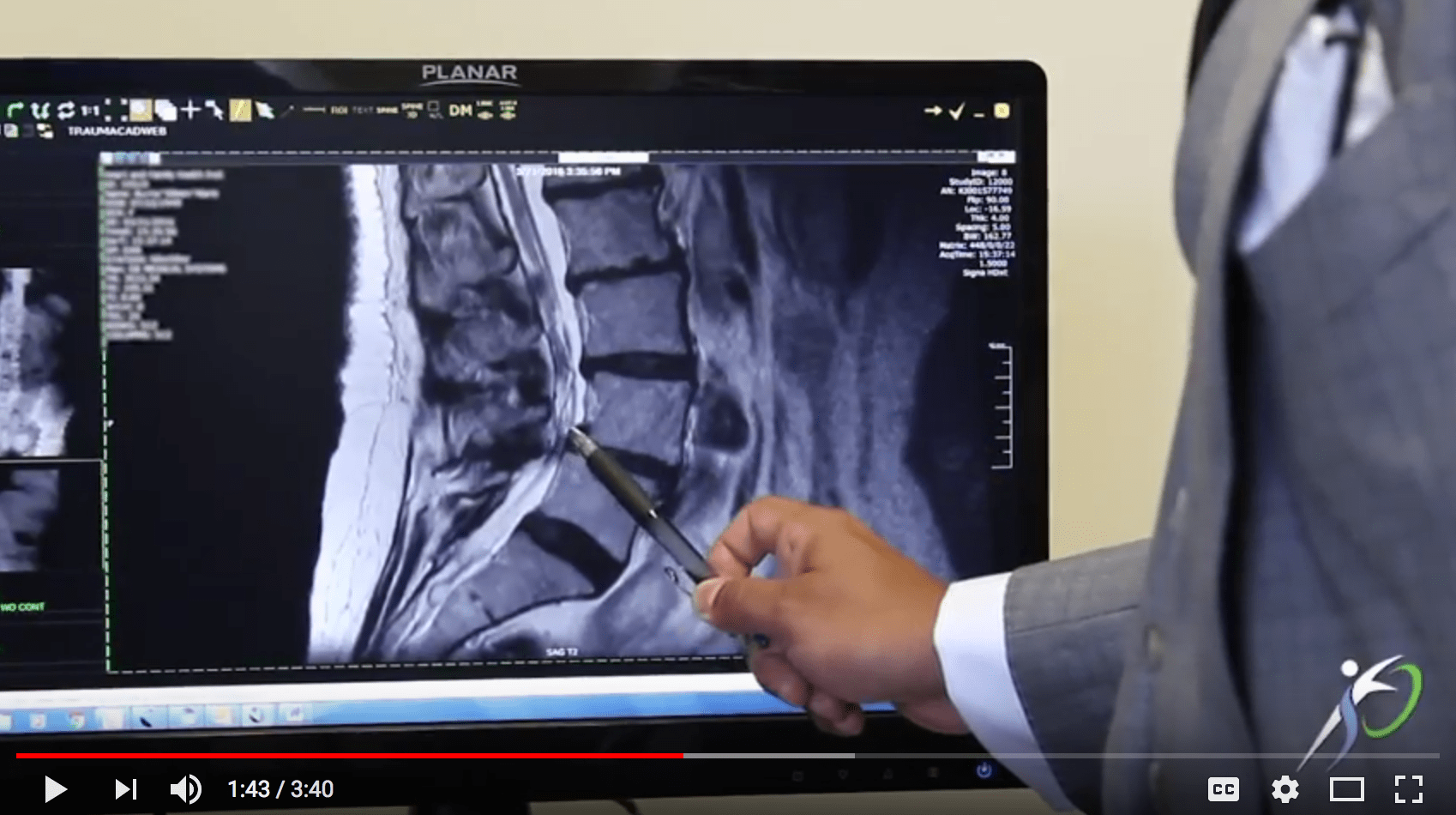 Today’s patients are more informed than ever about their health, medical ailments, and healthcare options. Online healthcare consumers want to know what treatment options your practice offers them as well as the latest technology you utilize.
Today’s patients are more informed than ever about their health, medical ailments, and healthcare options. Online healthcare consumers want to know what treatment options your practice offers them as well as the latest technology you utilize.
Again, video is the most powerful medium you can use to spread the news about that new minimally-invasive procedure you perform, or the latest cutting-edge device you now offer in your clinic, as well as your plans for procuring state-of-the-art technology in the future.
For example, an orthopaedic practice that is one of the few clinics in their state to use a robotic arm for certain surgeries can spotlight the technology in a short video. A radiation oncology clinic can highlight the fact that the technology available in their clinic can treat 95% of all cancers.
Expert tip: 2 great ways you can make efficient use of video right in your office:
1. Imagine you’re with a patient who is interested in a certain procedure but would like to visualize how it’s done. In no time at all, you could fire up your iPad and show her a short video you created describing and illustrating the procedure. Not only have you established a new level of trust with the patient, you have mentally prepared them for what will transpire in the upcoming weeks.
2. You can also combine your videos to create an inexpensive (one-hour) lobby video that your patients can watch before being called to see you.
Quality and Length
A couple of video-making tips here: the composition of your video (the background you choose for the shot) should not drown you or your physician’s outfit out. Depending on the topic, choose a professional location for the video. For example, if you’re shooting a get-to-know-you video, a clean and uncluttered office or another treatment area would be a good place.
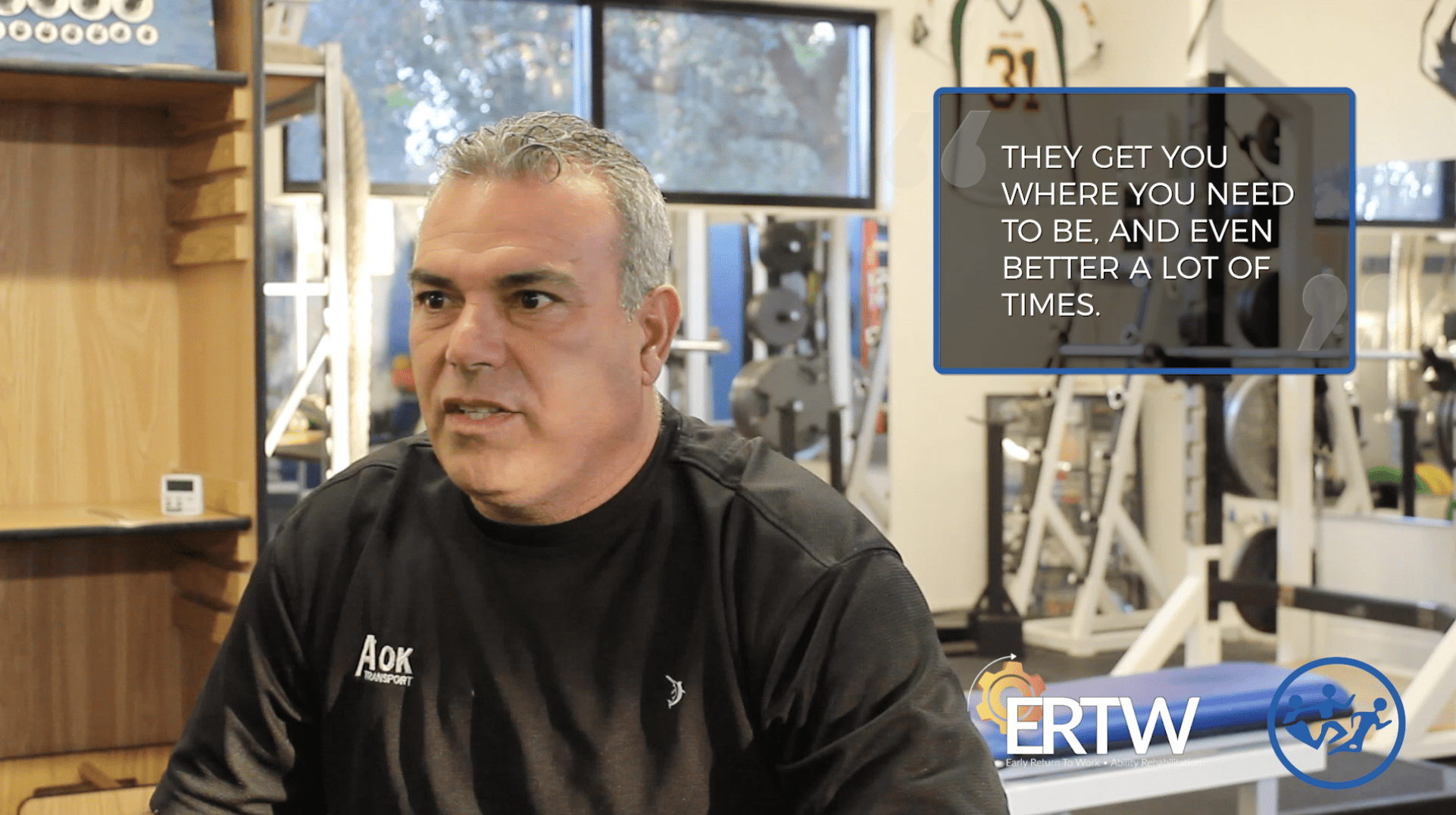 Make sure you are the focal point of the video: your body should take up most of the screen, and not be overshadowed by an office library or other instrument or device.
Make sure you are the focal point of the video: your body should take up most of the screen, and not be overshadowed by an office library or other instrument or device.
One aspect of video making that is often overlooked is sound quality. This can make or break your video. As noted above, investing in a good lapel microphone will pay dividends for the quality of your videos down the road. Always conduct interviews in a quiet space, free from the hustle and bustle of your office. The last thing you want to hear when editing your video are your colleagues hooting it up about the most recent episode of The Real Housewives.
Where editing is concerned, videos that capture (and keep) the most attention online are shorter than two minutes long. As a general rule of thumb, try and keep your videos under five minutes in length whenever possible. After that, most people will lose interest, especially if you’re using a static camera angle.
If you notice your videos aren’t getting the response you’d like, you may want to reach out to a medical marketing group to help you with the more subtle aspects of promoting videos online like keywords and video descriptions.
Bringing it All Together

Now that you’ve got a surefire plan to knock it out of the park on YouTube, here are the steps you need to take to put it firmly into place:
- Film & Edit: using your greatest Quentin Tarantino touch or hiring a seasoned pro to do the job. Click here for additional tips for optimizing your video:
- Put it up on YouTube: go to the Video Manager section of your YouTube account and upload your video.
- Write your long-form YouTube description and title: this is probably the most critical step. You want your video to be discovered by as many people as possible, and Google has pretty precise guidelines on how you can make that happen by having a compelling title and video description to match.
- Add tags and keywords: tags and keywords let internet users, as well as Google, know what your video is about thereby increasing your chances that those looking for it will find it. Vid IQ is a great software that will help you optimize your video tags, keywords, and title.
- Add the video to your website
- Write the long-form article to post on your site: a long form article (roughly 1,000 words but the longer the better) that incorporates your video within it provides you with another layer of great content that will last for years. Like the gift that keeps on giving, you’ll be able to use the long form piece to perpetually drive traffic to your website.
The Bottom Line
When you get right down to it, your YouTube channel can act as a mini-website for your practice, sending interested and engaged traffic to your official website. Videos also help potential patients connect with you emotionally before setting foot in your office or picking up the phone. At the end of the day, if you want to be found by patients, you need to be where they are, and before your competitor down the street gets there.
Whether you’re looking to corner the market in your local community, engage your patients, or provide relevant information to help your patients help themselves, video provides an excellent avenue for accomplishing those goals and more. And remember: if you attract just one patient or surgery from your YouTube efforts, it will have been worth it.
Lights, camera, patients.
